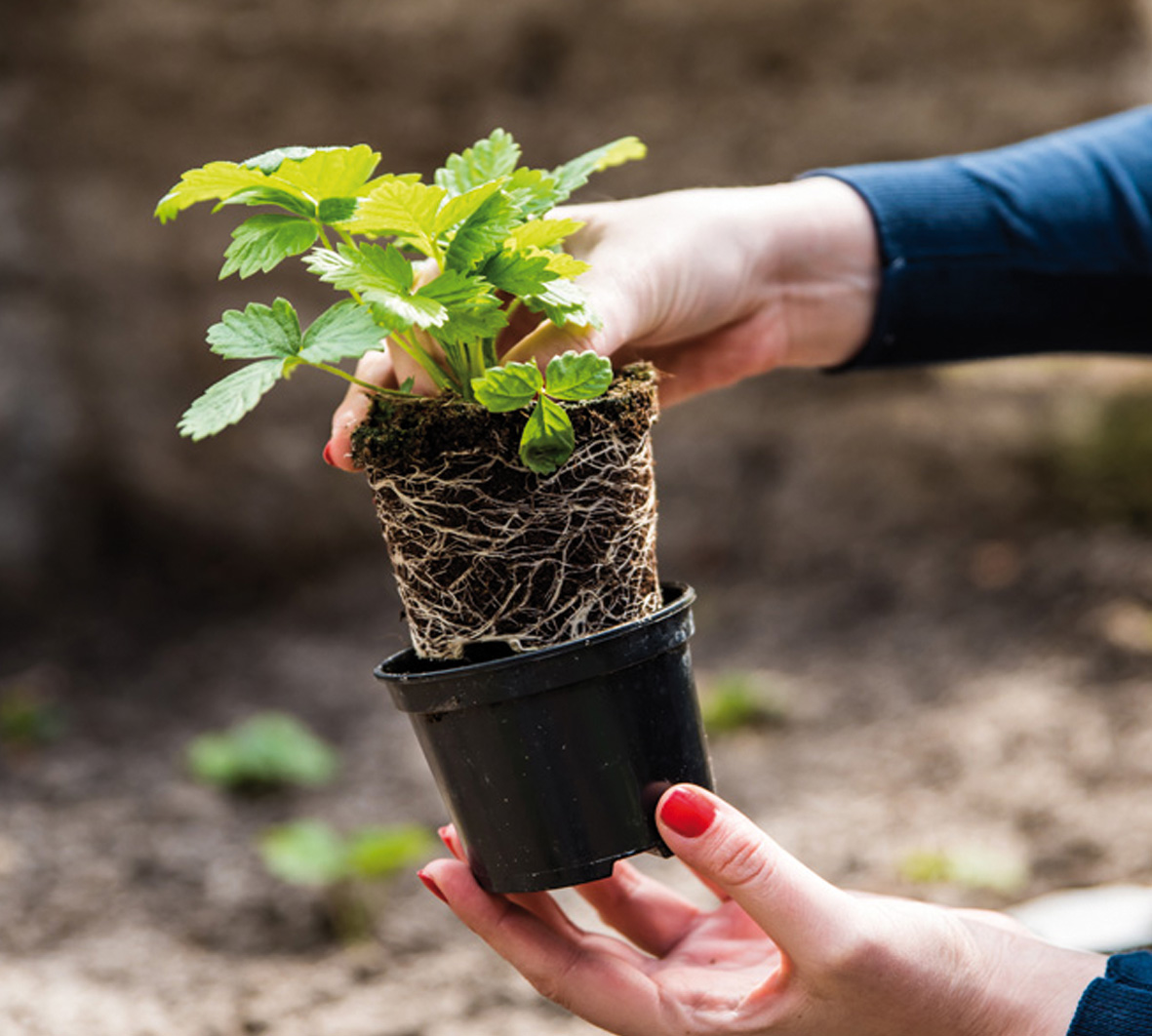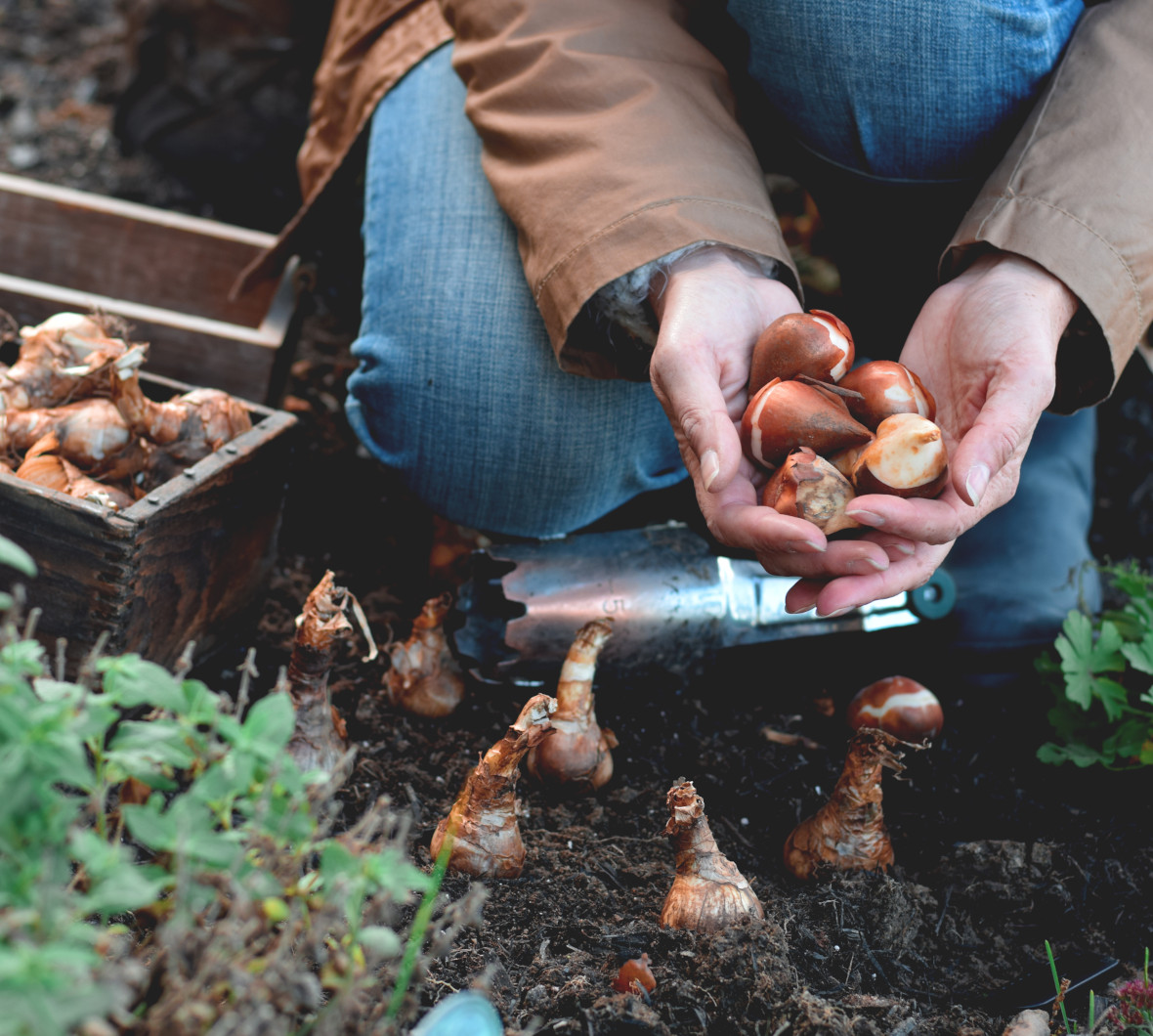Actaea simplex Pink Spike
Common name: Baneberry
Rich chocolate foliage crowned by delightful pink spires
Free UK Delivery on orders of £50
No Quibble Guarantee
Common name: Baneberry
Rich chocolate foliage crowned by delightful pink spires
Free UK Delivery on orders of £50
No Quibble Guarantee
Jan
Feb

Mar

Apr

May

Jun

Jul


Aug


Sep


Oct
Nov
Dec
 Foliage Month
Foliage Month
 Flowering Month
Flowering Month
| Latin Name | Actaea simplex 'Pink Spike' |
|---|---|
| Common Name | Baneberry |
| Hardiness | H7 (-20°C and below) |
| Colour | Pink |
| Format | 9cm Pots |
| Position | Part-Shade, Part-Sun |
| Foliage | Deciduous |
| Height in Maturity (m) | 1.50 m |
| Spread in Maturity (m) | 0.75 |
| Soil Conditions | Clay Loam |
| Soil Acidity | Acid Alkaline Neutral |
| Aspect | East-facing, North-facing, West-facing |
| Scented | Yes |
| Good for wildlife | Yes |
| Good for pollinators | Yes |
| Good for cutting | Yes |



